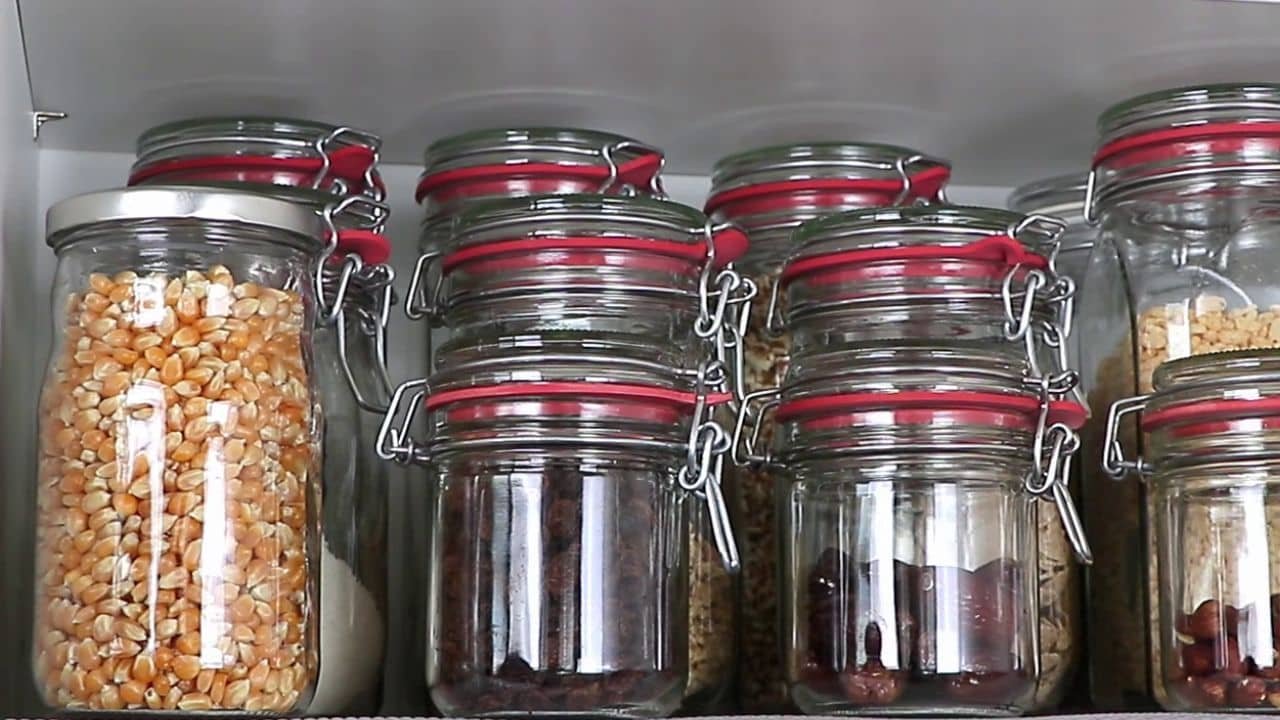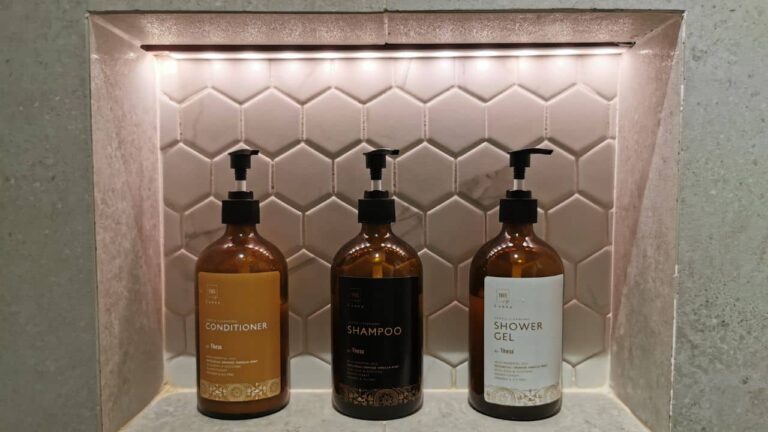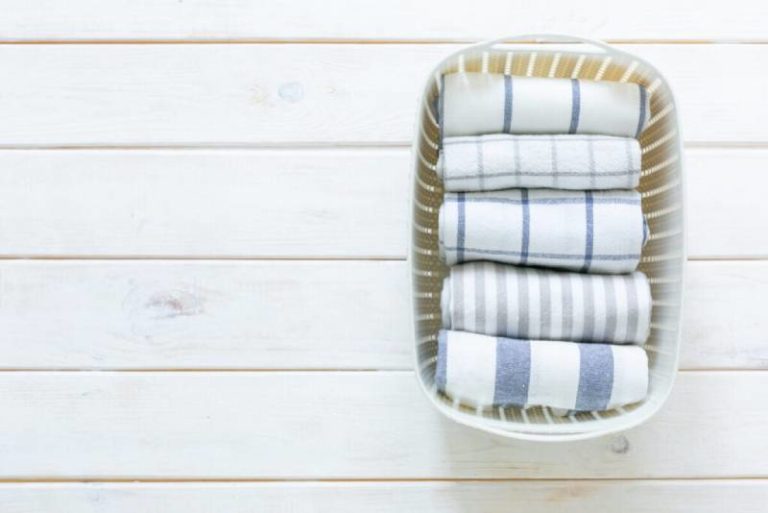Glass Jars: 8 Things You Should Know Before You Order Them (5 Pros & 3 Cons)
Whether new or repurposed, glass jars have proven popular for centuries. They’re sturdy, practical, and useful for storing or preserving virtually any sauce, jam, or food.
But how to choose the right glass jar among so many of the brands available on the Internet and in stores?
To be sure, you can find a wide variety of cheap, practical, pretty, and even original glass jars on the Internet.
However, like all the containers we use every day, these transparent jars come with advantages and disadvantages.
Whether round or more angular, these eco-friendly containers allow your various foods to be perfectly stored and preserved when used properly.
As for price, they are suitable for all budgets—from just a few dollars per jar to 50 or more depending on their quality and their authenticity as antique models.
Let’s start by looking at the most relevant information about these time-honored glass containers that have lined pantries of so many generations.
One fact is certain: glass jars are still as popular as ever, and they’re even making a comeback in kitchens across North America!
Your Guide To Glass Jars: Pros and Cons, Shapes, and Sizes
First of all, we must recognize that glass is a material that has many advantages and qualities. However, it also has some weaknesses that we tend to forget.
First, let’s take a closer look at the huge benefits of jars made from this durable and timeless material.
Glass Jars: The Five Main Advantages
Here are five biggest benefits of using glass jars on a daily basis.
#1 Glass Jars Stand the Test of Time
Who doesn’t have at least one glass jar—small or large— in the kitchen, office, garage, or cellar, that dates back several years or even decades?
These jars are so practical for everyday use because they are so versatile:
- Keep food dry
- Make homemade jams
- Store pens and pencils
- Soak paint brushes and more
- Sort all kinds of small objects
- Catch fireflies in the yard!
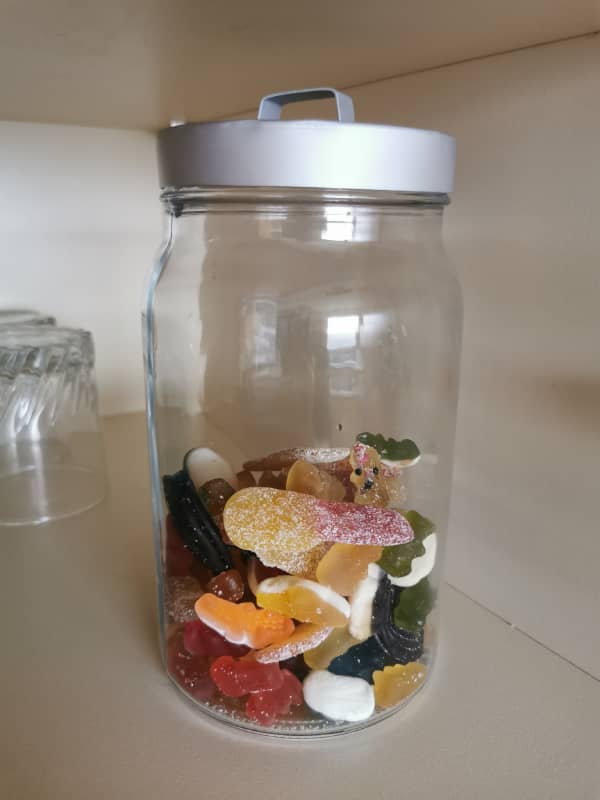
#2 They’re Infinitely Recyclable
Unlike plastic, glass is an environmentally friendly mineral material because it can be recycled endlessly. Zero loss of weight or quality!
But in order to recycle it correctly and according to the means put in place near you, you must remove their metal or plastic lids. Indeed, for the latter, the recycling process is different.
#3 They’re Hygienic
When properly cleaned, or after boiling them for about 15 minutes to be sterilized, they can be used to preserve any type of food.
Moreover, they allow vacuum preservation. It’s the ideal container to store your own home-made preserves or jams.
#4 They’re Totally Waterproof
To this day, I have yet to see a glass jar leak from its base!
Whatever the type of food to be preserved, there’s no risk of leakage. All the more so when the jar is fitted with a totally hermetic lid.
#5 They’re Mostly Transparent
This is perhaps the biggest advantage glass jars offer: you can immediately identify what product or products they contain.
More than that, they allow us to better sort and store our jars without having to remove the lid each time to know what’s inside.
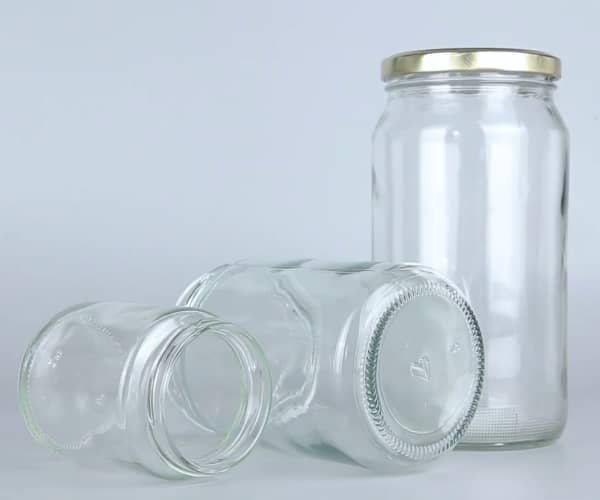
However, this transparency has a major drawback depending on the type of food contained in the glass jars.
That said, let’s move on to the disadvantages of glass jars.
Glass Jars: The Three Major Drawbacks
Indeed, glass jars also have some drawbacks! Like any other container—no matter which material, be it aluminum, plastic, or stainless steel—the perfect container doesn’t exist.
And glass jars are no exception!
#1 Clear Glass Jars Let Light Through
Indeed, unless you’ve chosen tinted glass jars (see below), glass lets light through and therefore UV rays.
As a result, the nature of the food, its texture, and taste may simply be altered if it is kept for a longer or shorter period of time in a glass jar.
Take your favorite jar of honey, for example. You should know that if you don’t keep it away from light, it will lose its therapeutic properties more quickly and over time.
The same is true for many other foods where exposure to light can reduce their nutritional capacity and thus accelerate their deterioration (if they are also exposed to heat and open air).
This is why it’s strongly advised to place your glass jars in places protected from light (drawers, cupboards) in order to optimize the preservation of your products.
And of course, don’t forget to close the lid!
Tinted Glass Jars, ATTENTION!
It may surprise you, but a large number of jars in tinted glass on the market present health risks if you use them to store food.
In fact, traces of lead (1) and cadmium (2) have already been discovered in colored glass jars. The same is true for some colored cups, beer, or wine glasses.
I have to confess I’ve personally parted with multicolored jars (and even pretty water glasses) recently because the color was flaking off. Tiny flakes found on the rim of each container as well as on my fingers…
So, I’ll leave it for you to imagine if this happens with your food in tinted glass jars.
Personally, I prefer not to take any risks!
- (1) Lead is a grey-black metal. Ingested or inhaled, lead is toxic. It’s found in the blood where it’s stored in the body.
- (2) Cadmium is a bluish-white metal. It’s obtained industrially as a by-product of zinc metallurgy, but it’s also present in lead and copper ore.
Cadmium poisoning is manifested by dizziness, anemia, bone pain, and kidney damage.
#2 They’re Fragile
Indeed, who hasn’t ever broken a glass jar around the home?
A glass jar that falls on your kitchen or garage floor will have little chance of withstanding the impact even if it’s fitted with a protective silicone band.
Depending on the type of glass it is made of, you’ll find yourself picking and sweeping up dangerous shards. Your number-one mission will of course be to avoid getting hurt.
Needless to say, if children or even adults are present at the time of the accident, the last thing you want is to be barefooted!
Glass Jars: Beware of Breakage!
If, like me, you break a jar of applesauce on a staircase, you’ve just wasted a half hour with the broom, vacuum cleaner, and mop.
And once you’ve finished cleaning, you may need to spend a good 10 minutes checking to make sure there are no small shards of glass lying around that could end up in your soles.
If you’re lucky, you’ll catch with just the right angle of light…
Here’s a little video I made a few years ago (on my ex-company’s blog based in France) to show you in slow motion how a glass jar shatters. Imagine how long it took me to clean it up!
#3 They’re Heavy
It’s no accident that the majority of North American households have preferred plastic containers for so many decades.
Unlike glass, they’re far less fragile, lighter, and thus extremely practical!
Whether they’re for storing food or running daily errands, I also own a few.
For all these reasons, I wouldn’t think of doing my bulk shopping with glass jars. I still don’t get this obsession of zero-waste enthusiasts.
This excessive craze is clearly visible on social networks. Whether it’s on the official accounts of chains specialized in bulk or on the accounts of influencers, the glass jar is displayed as the reference container for bulk shopping.
As for me, I rarely come across someone walking around with their own jars. On this subject, I could notice that the majority of the consumers use one of the following:
- reusable plastic boxes perfectly adapted to bulk purchases
- paper bags of all sizes provided free of charge by the stores
My Own Opinion on the Topic
From my point of view, the glass jar is not the ideal container for bulk shopping. Too fragile. Too heavy when empty, and by definition too heavy when filled.
In short, it’s not the best tool to convince a newbie to buy in bulk. But that’s just my opinion…
What about the elderly? Do they really want to be left with kilos on each arm when they do their shopping in bulk? I’m not the slightest bit convinced.
I remember discussing this with many older shoppers, and they, too, held a negative view.
To be honest, like them, I much prefer to use my own reusable boxes (plastic or cardboard) when I buy in bulk.
Here are the ones I launched with my company several years ago (practical and light). They’re made of cardboard and reusable! Much more practical and lighter than glass jars!
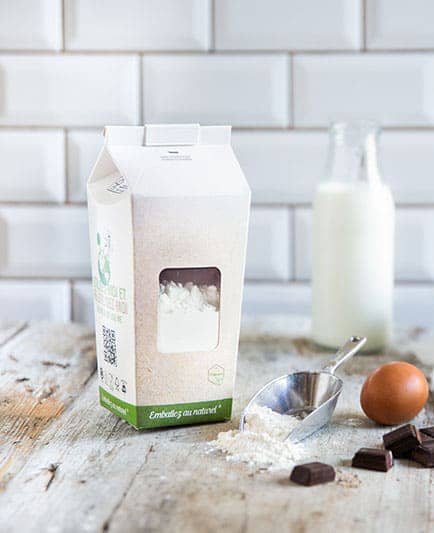
But back to our glass jars because NO—they are not my enemy. I love to use them in addition to my own airtight plastic boxes—especially to store food for longer periods of time.
Determine the Number and Size
The first thing you need to consider when purchasing your glass jars is how many you’ll need for your family or household. From there, it will be easier for you to determine and respect your budget.
How Many Glass Jars Will I Need?
The quantity of jars to buy will surely be different according to these three criteria:
- the number of people living in your household
- the number and types of products involved
- the purpose: medium-term storage or long-term preservation?
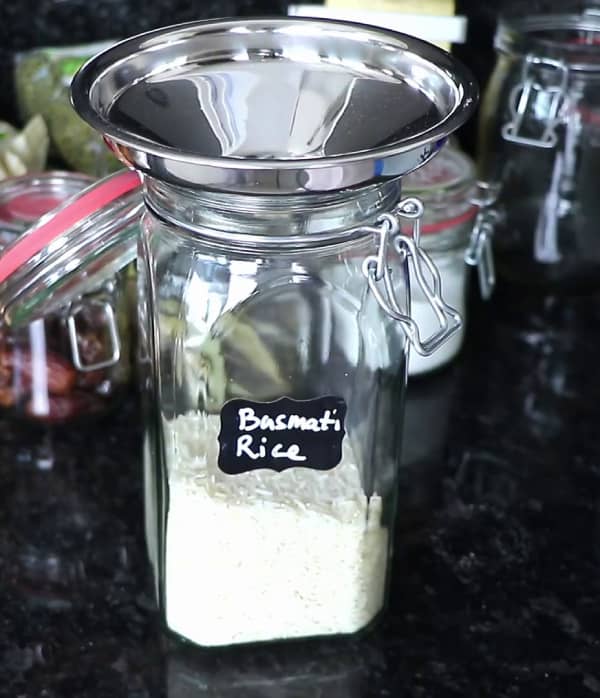
This depends on your own consumption patterns—especially for bulk buyers who don’t skimp on the number of glass jars they own and use every day at home.
Also, if you practice “batch cooking” (preparing all your meals for the week in one cooking session), you’ll need many more glass jars than usual.
Finally, it’s important to consider the cost, as well as the use you make of them. Some jars can cost up to 50$ apiece!
So, make sure you have a budget in mind before making your choice! At the risk of spending much more than you planned.
Which Volume Will I Need?
When it comes to choosing the size of your jars, you should choose them according to the products you wish to store and preserve.
It’s important to know that each jar has a different size and volume. You should therefore pay attention to each product sheet by checking two things precisely:
- their actual dimensions (width/depth/height)
- their specified volume: expressed in quarts, liters, and so on. For the smallest jars, cup or cl may be used.
Special Features of Stackable Glass Jars
Stackable glass jars are an easy way to store and organize your products. Their biggest advantage is the space saving height.
Don’t overlook this important detail! We never take enough advantage of the empty space in our drawers or closets.
As with regular jars, stackable models are available in different shapes, sizes, and colors. Here are the most common shapes:
- square
- rectangular
- round
Recovered Jars: Good or Bad Option!
To be honest, I also asked myself this question a few years ago. I even used this type of jar for a long time.
I confess that I stopped this zero-waste practice a long time ago (principle of reuse) even if it remains economical and ecological.
Here are the main reasons:
- We end up with a multitude of jars of different sizes. These recovered jars are rarely stackable and especially not pretty at all most of the time. (Yes, I also have my flaws!)
I attach great importance to the aesthetics of the jars I use! - Some of the lids on these jars still contain BPA! You can learn more about this danger is this article.
Final Thoughts
This article is coming to an end, and I hope it has proven useful.
Overall, you should know that glass jars do not absorb moisture from food as long as they have a good lid.
Another important detail is that they are also more durable over time compared to plastic jars—even if you compare them to very good quality ones.
Well, there you go! You now have all the information you need to choose the right jars for your needs.
Feel free to consult the models I’ve selected for you.
I’ll end with two quick questions:
- What glass jars do you use on a daily basis (cooking, crafting or any other activity)?
- Would you be willing to receive a few free jars and test them yourself to give me your opinion in video?
Use either the comment field or the contact form for your reply!

